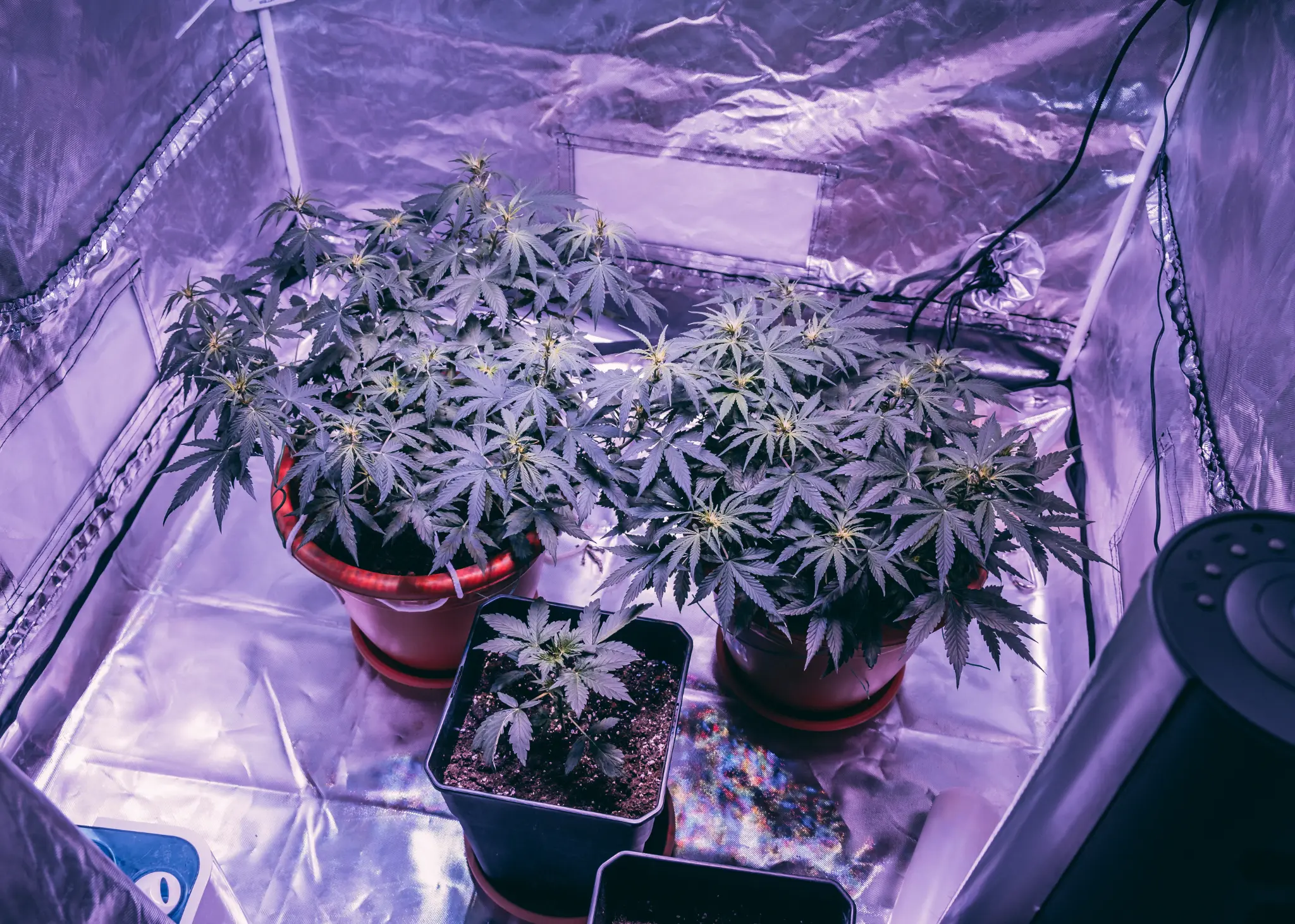“You are what you eat.”
It’s not just a saying: every single cell in our body is built from what we put on our plates. And this is where your own garden can make a real difference.
When we think about growing food, the first things that come to mind are usually tomatoes, lettuces or courgettes. But what if we added another category into the mix: protein crops?
Protein is the star nutrient of the moment: there isn’t a supermarket aisle without a “high in protein” label.
What many people don’t realise, however, is that part of this protein boom can be brought straight to your garden or balcony, with plants that are both easy to grow and packed with extra nutrition.

The role of protein in health
Protein is the building block of our bodies. It makes up muscles, bones, hormones and even the defences that protect us from illness. Without enough of it, the body can’t repair tissues or maintain steady energy levels.
Traditionally, protein has been associated with animal-based foods, but plant proteins are now taking centre stage thanks to their role in balanced and sustainable diets. This is where protein-rich crops come in: legumes, vegetables and grains you can grow in your own garden.
If you’re the kind of person who loves both training and gardening, chances are you’ve already thought about boosting your protein intake. Maybe you’ve tried protein bars, high-protein yoghurts or even protein shakes. They’re handy, yes, but they’re not the only option. Growing your own protein-packed foods at home is a natural, delicious and sustainable way to join the trend without always relying on supplements.

The boom of protein crops
In recent years, plant-based protein diets have gone from being a niche choice to becoming a global trend. More and more people are looking for alternatives to animal sources, and discovering that a plant-based diet can be just as complete and nutritious.
Modern agriculture and urban gardening are responding to this demand. From community allotments to pots on the balcony, the interest in protein crops is rising alongside the movement for “conscious eating”.
The funny thing is, none of this is new.
Many of the most protein-rich crops have been staples in our kitchens for centuries: lentils, chickpeas, peas, Swiss chard… all traditional examples of nutrient-dense foods.

Trendy and traditional now share the same table: one day it’s a quinoa salad, the next it’s a hearty dish of chickpeas. Both are part of this health-driven wave that has put protein crops back in the spotlight where they belong.
List of High-Protein Crops for Your Garden
If you’re curious to try what it really means to eat “high in protein”, here are some examples of protein crops you can add to your garden. Each of them combines strong nutritional value with the unique satisfaction of harvesting your own food:
• Peas and beans: easy to grow and full of plant-based protein. They are also high-protein forage crops that improve soil fertility.
• Chickpeas: stars of the Mediterranean diet. Their high protein content makes them a healthy, versatile staple in the kitchen.
• Lentils: small but powerful. Besides their nutritional value, they naturally enrich the soil by fixing nitrogen.
• Spinach and Swiss chard: not as protein-rich as legumes, but they provide a good amount of plant protein, plus iron, fibre and vitamins.
• Quinoa and amaranth: the so-called “pseudo-cereals”. Trendy in healthy diets because they offer all the essential amino acids—something rare in the plant kingdom.
• Kale: the queen of the healthy-food boom. Packed with protein, fibre and antioxidants, it has become one of the most in-demand vegetables.
• Soybeans: the ultimate protein crop. From tofu to soy milk, this demanding plant rewards your care with very high protein yields.

With this selection you’ll not only improve your diet: you’ll also diversify your garden and rediscover the value of protein-rich crops that have been with us for centuries.
Gardening Tips for Beginners
If you’ve made it this far, the only thing left is to get your hands dirty… in the garden, the allotment, or even the pots on your balcony! It doesn’t matter how much space you have, what really counts is taking the first step.
Here are some basic tips to get started successfully:
• Plan before you plant.
Choose varieties suited to your climate and space. Try staggered sowing for continuous harvests and crop rotation to keep the soil healthy.
• Prepare the soil.
A solid base makes all the difference. Atami substrates provide a balanced, high-quality mix, ideal for urban gardens in pots or small raised beds.

• Balanced nutrients.
For legumes and vegetables, granular slow-release fertilisers like ATA NRG Upgrade are great: they deliver nutrients steadily, avoiding peaks or deficiencies.

Prefer something quick and easy? Liquid fertilisers such as ATA NRG Growth-C or B’cuzz 1-Component are fantastic all-rounders: just add to your watering and you’re done.
• Consistent watering and good drainage.
Roots love steady moisture, but not waterlogging. Adjust frequency according to the season and plant type.
Growing your own protein crops doesn’t just feed your body; it also sparks your curiosity, lightens your shopping list and, why not, gives you a little extra pride every time you serve a dish made with ingredients you grew yourself.
Conclusion
The idea is simple: health, protein and gardening combine into one of the most rewarding forms of self-care. By planting your own protein-rich foods, you’re not only improving your diet but also reconnecting with the growing process and the true value of what you eat.
No need for acres of land, just a couple of pots are enough to start experimenting with protein crops. And who knows? Your balcony might just become your new nutritional gym.
Because in the end, it’s not only about being what you eat.
It’s also about being what you grow. 🌱










